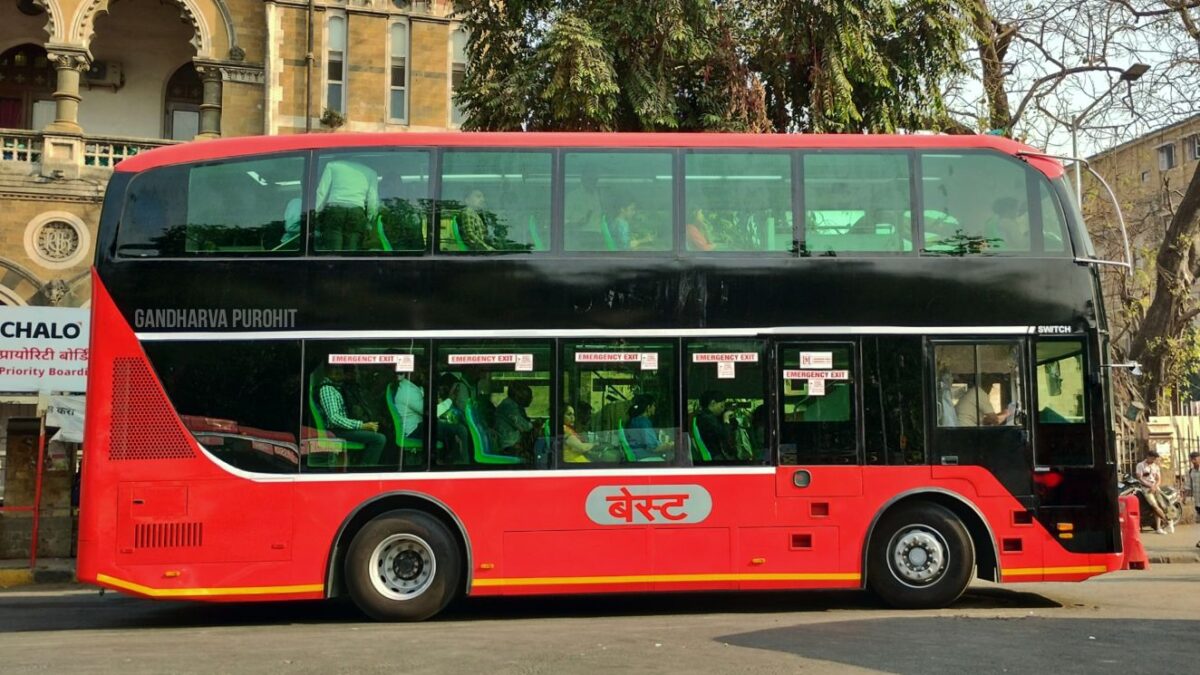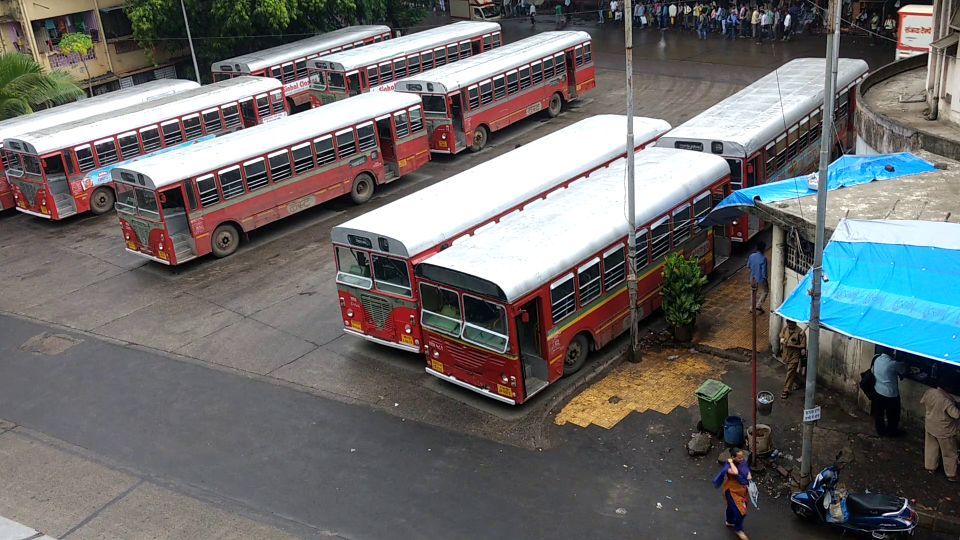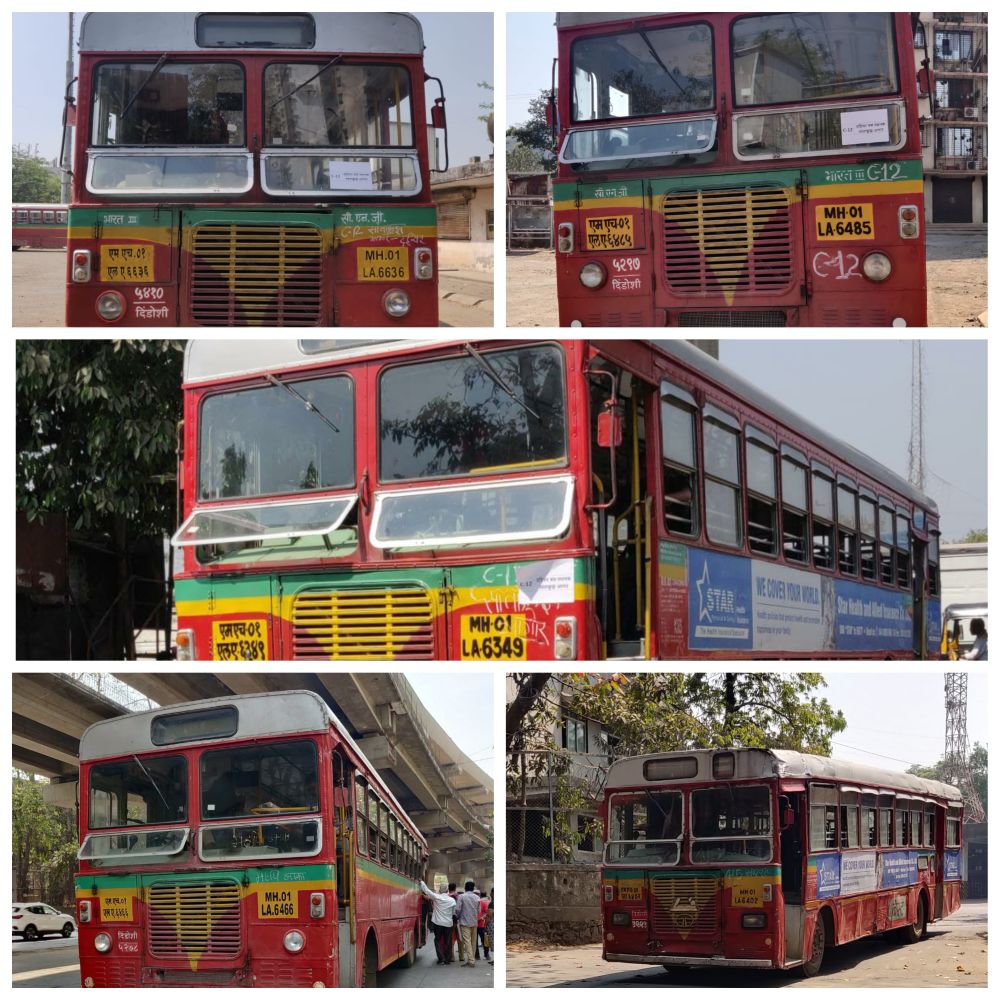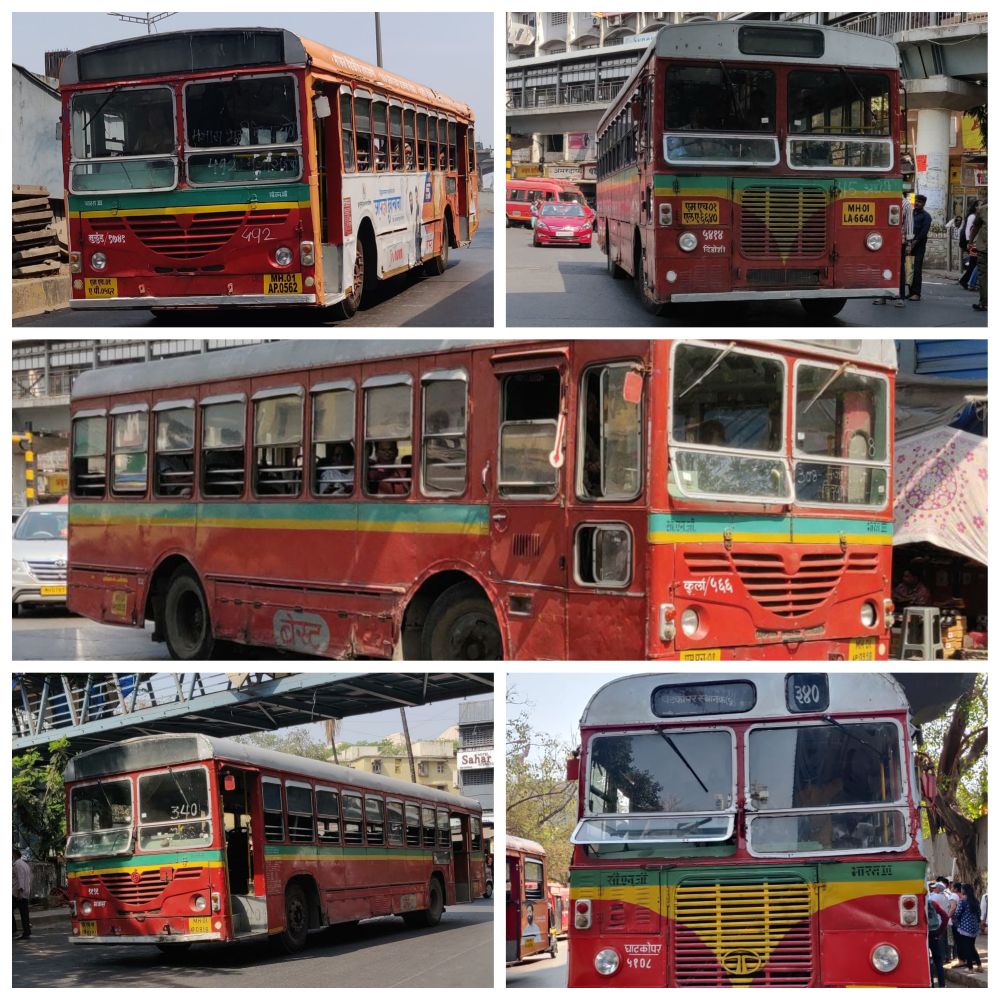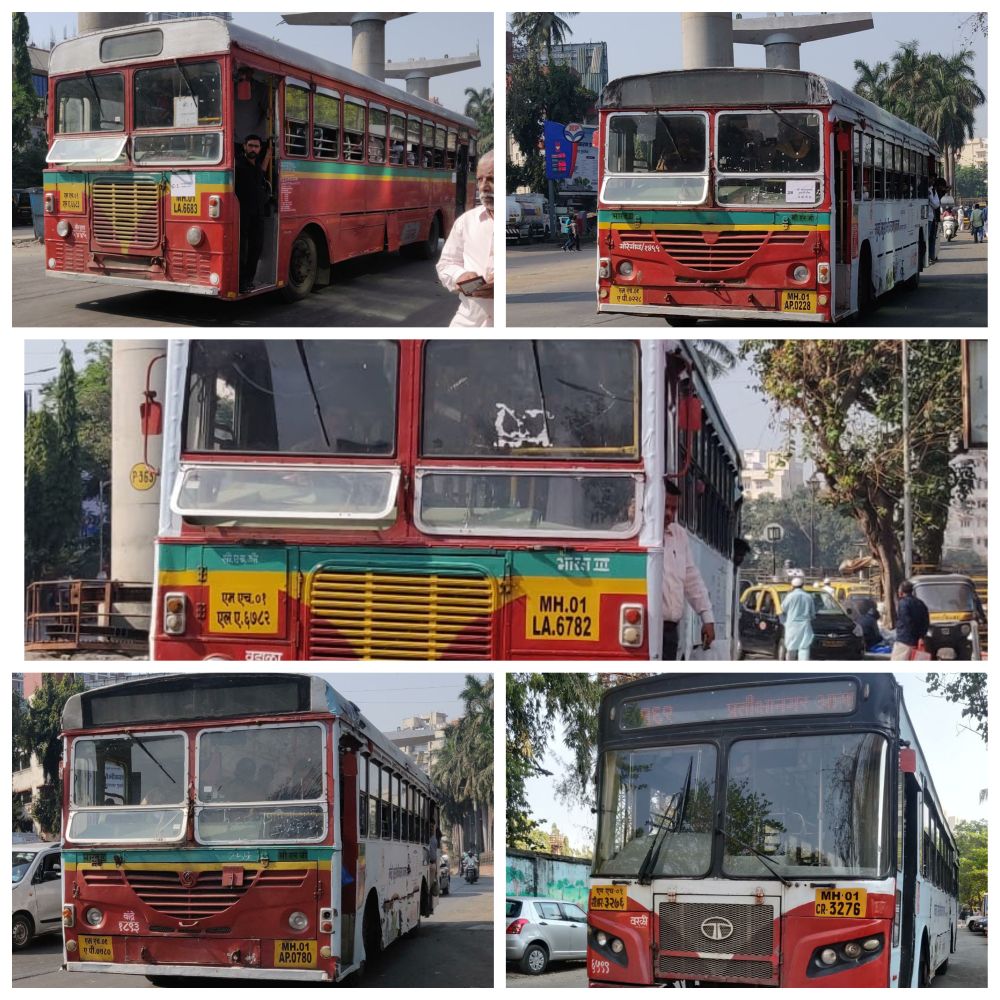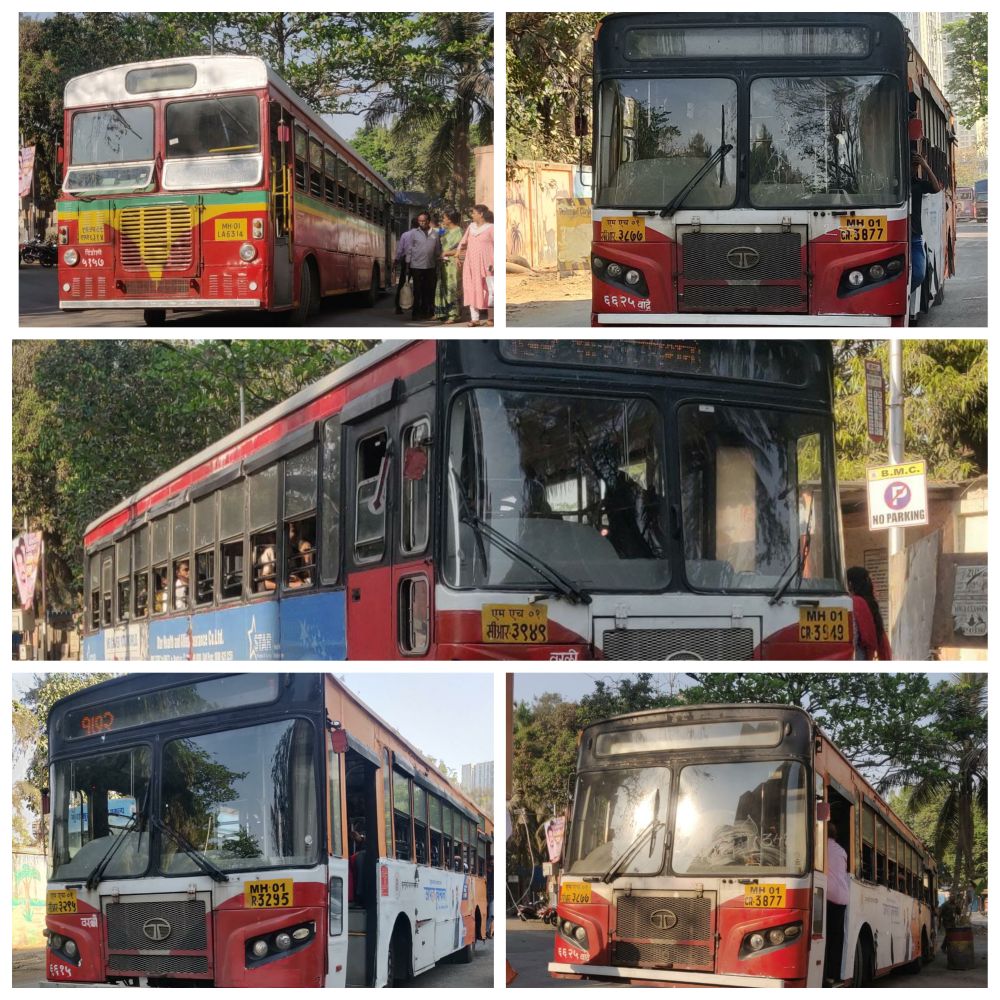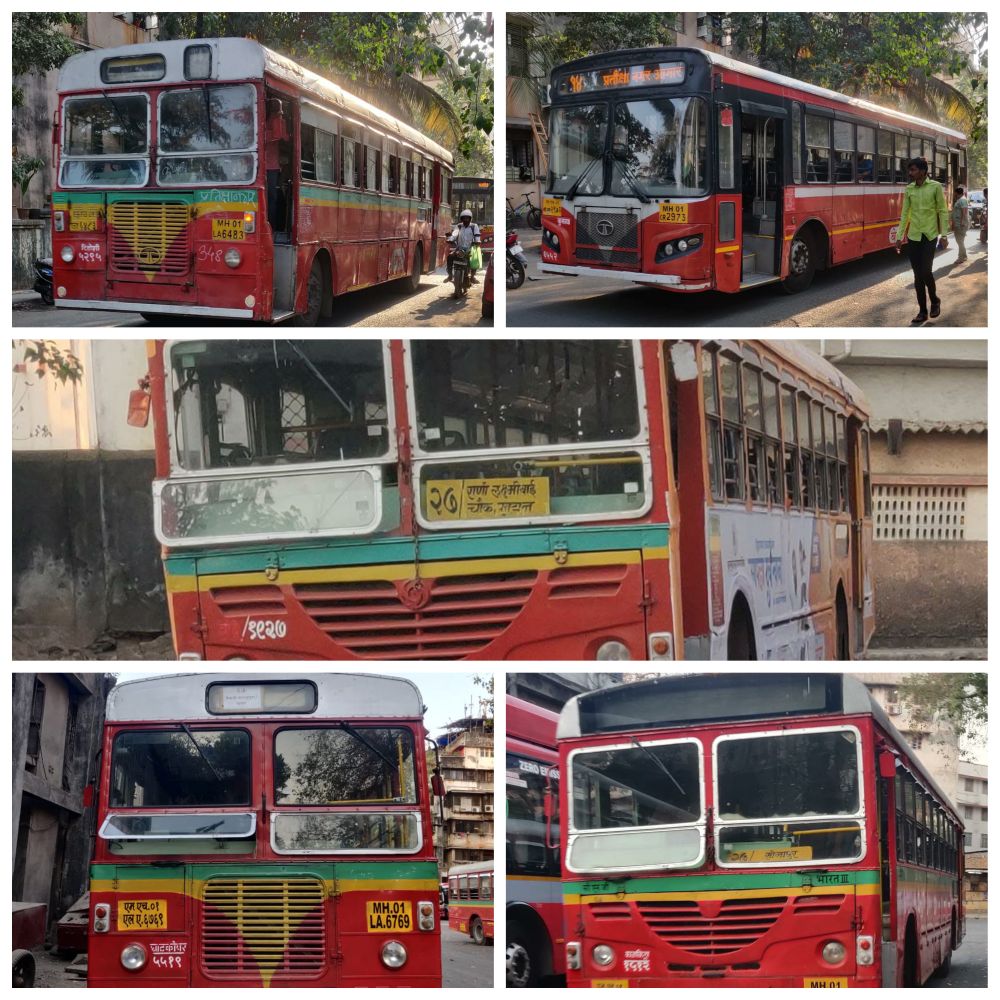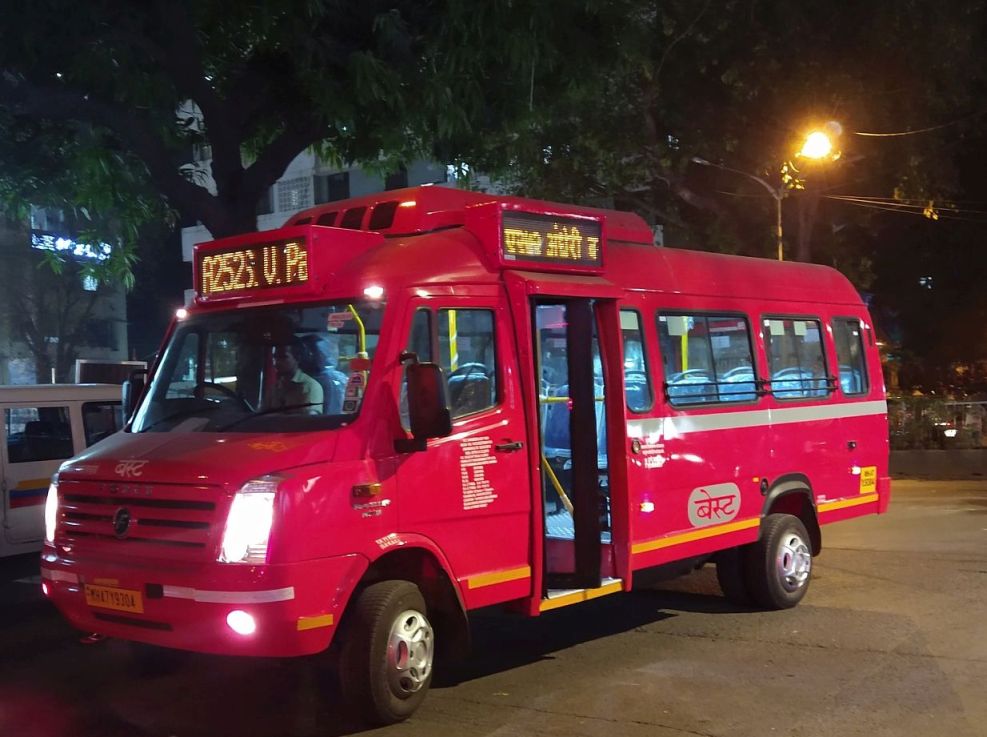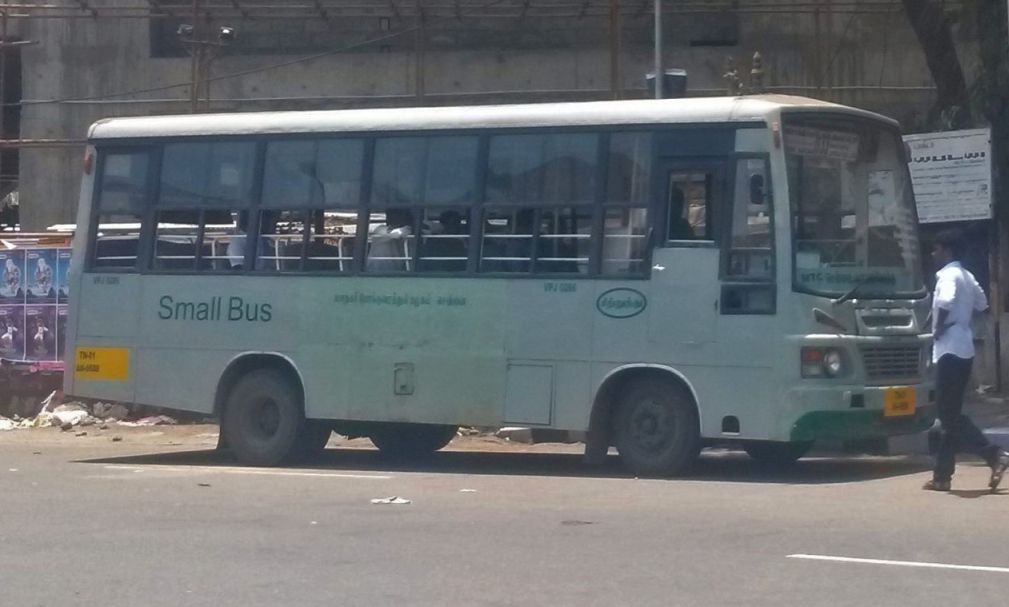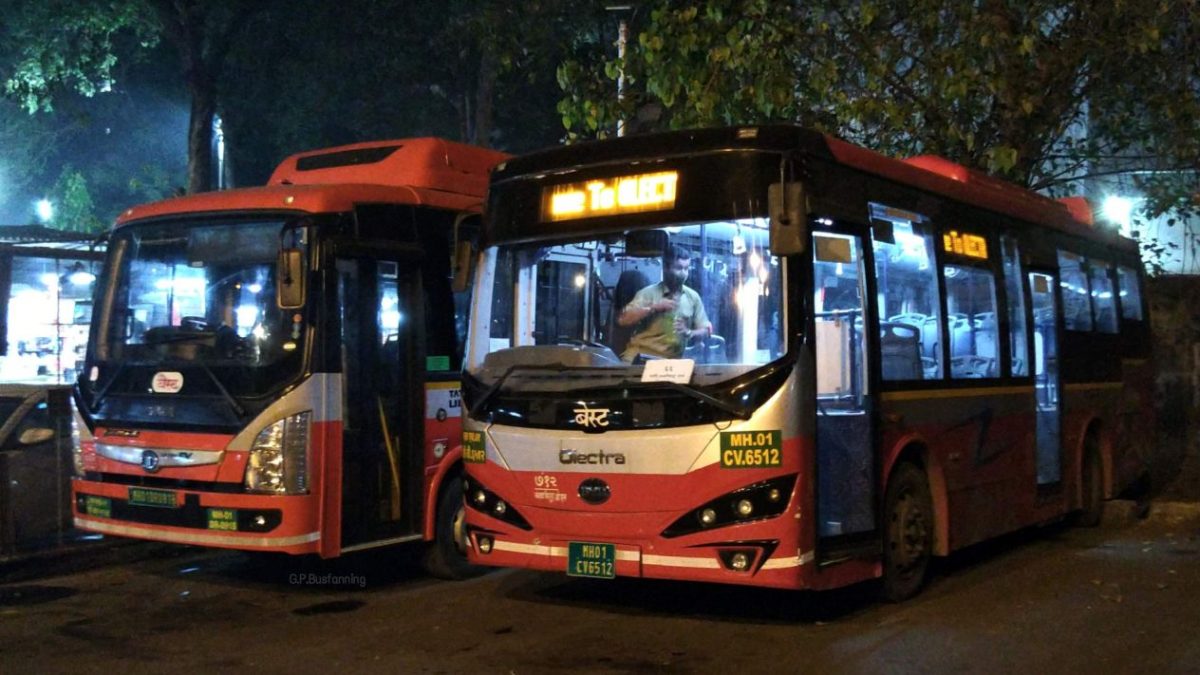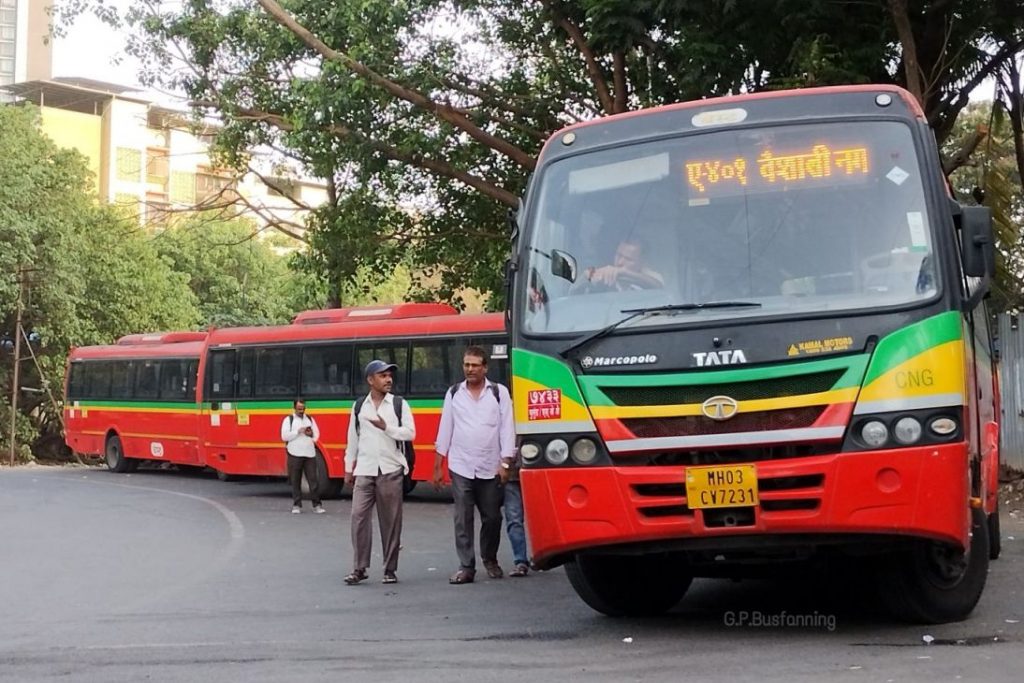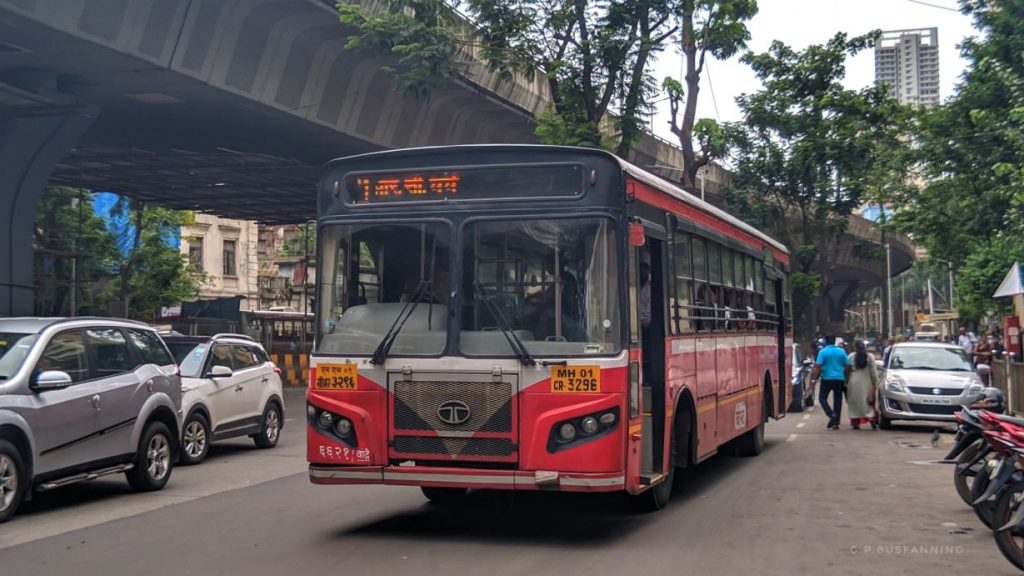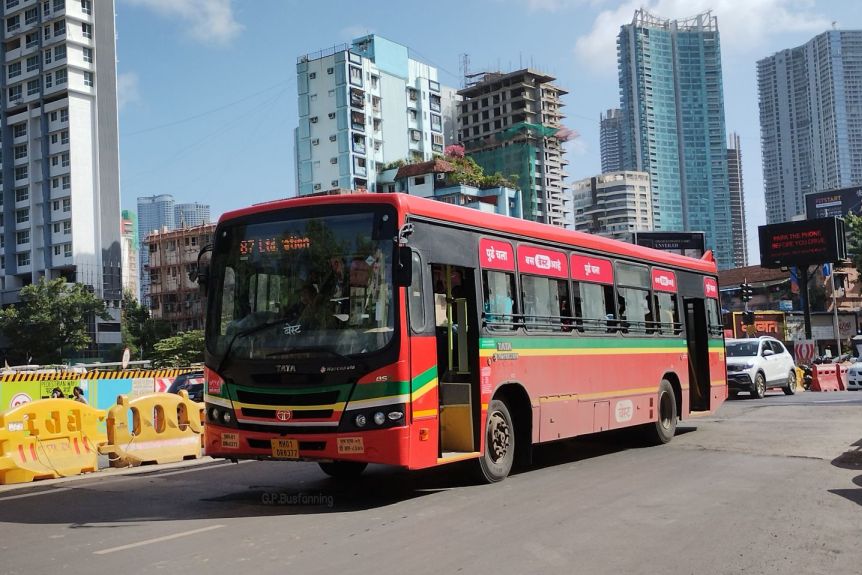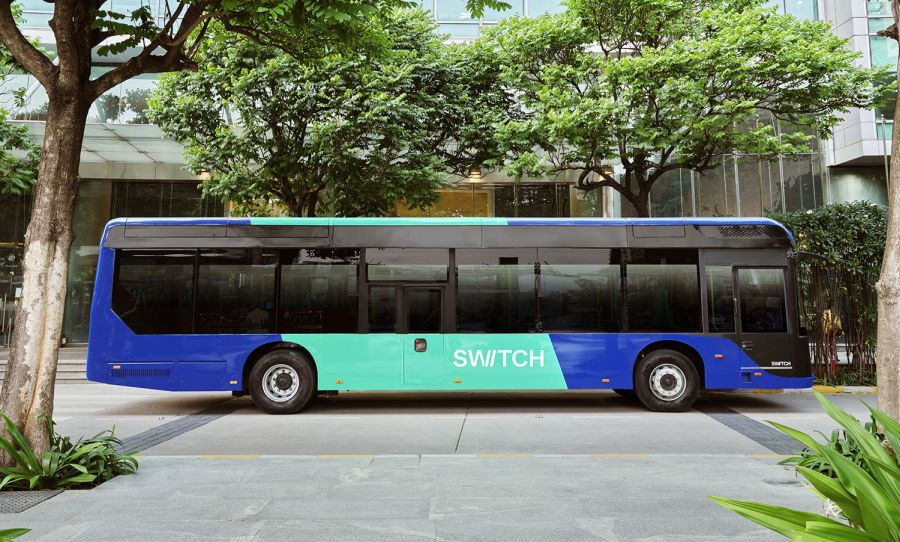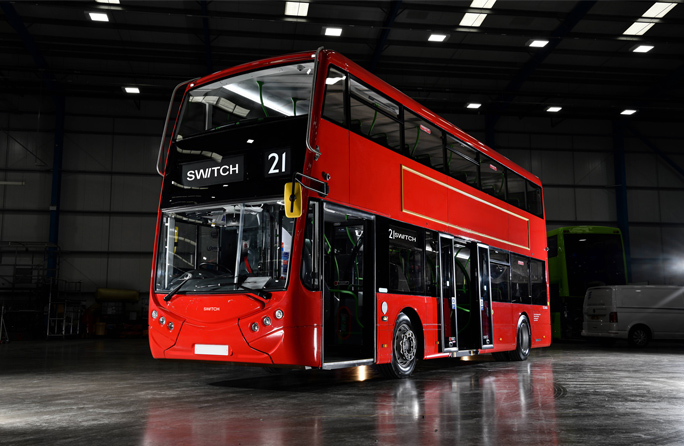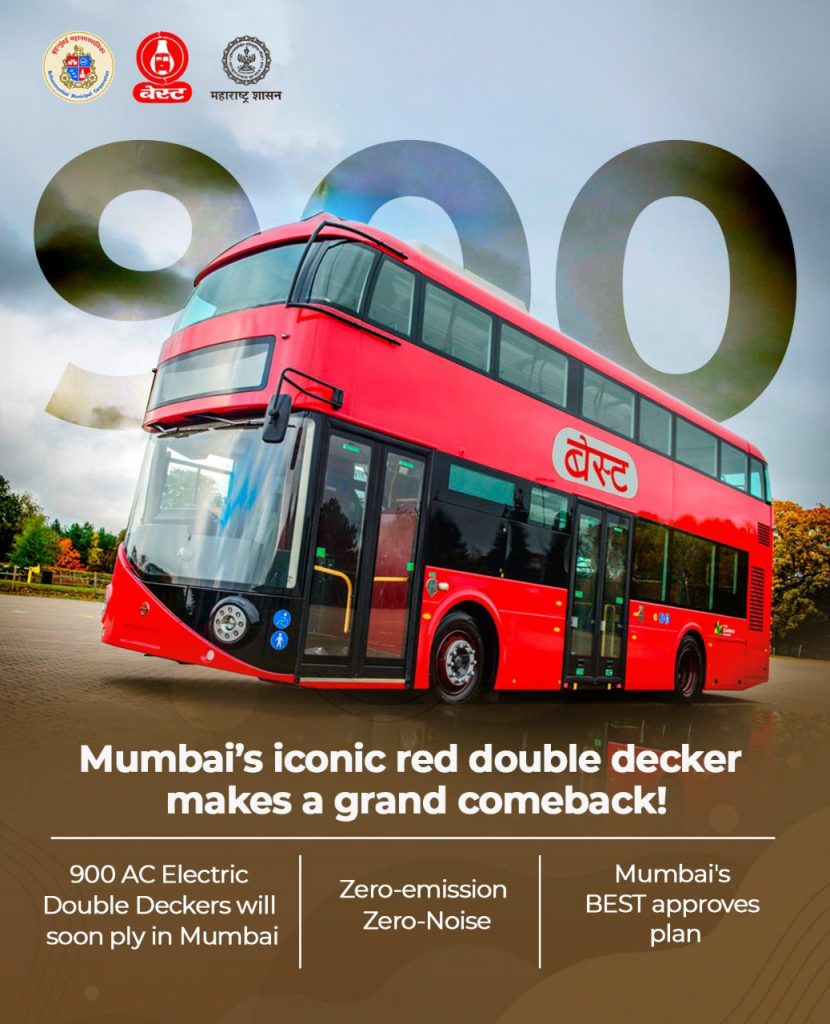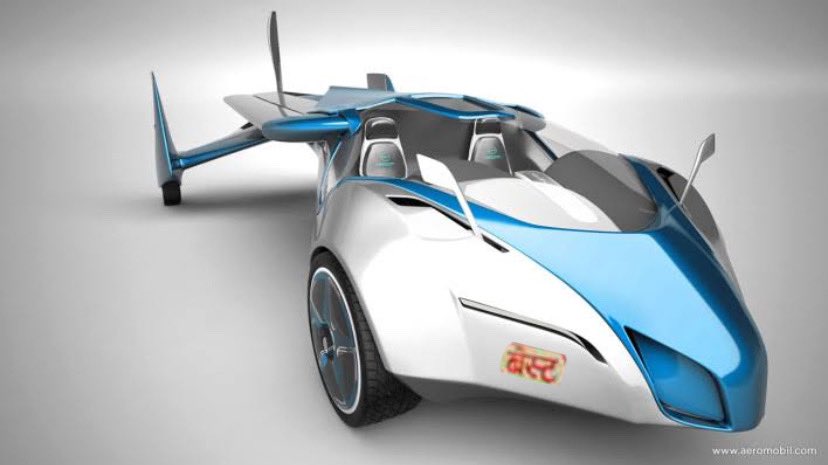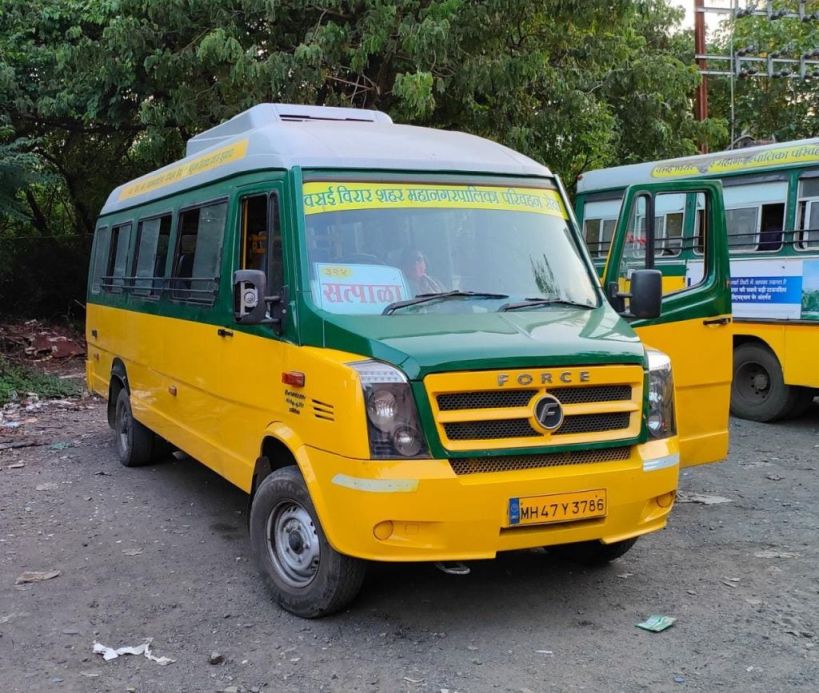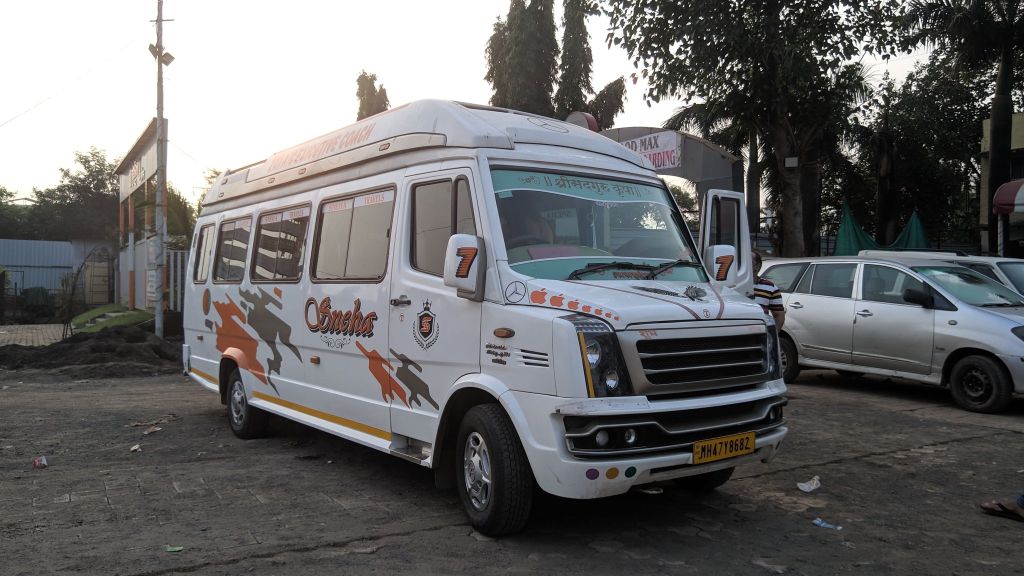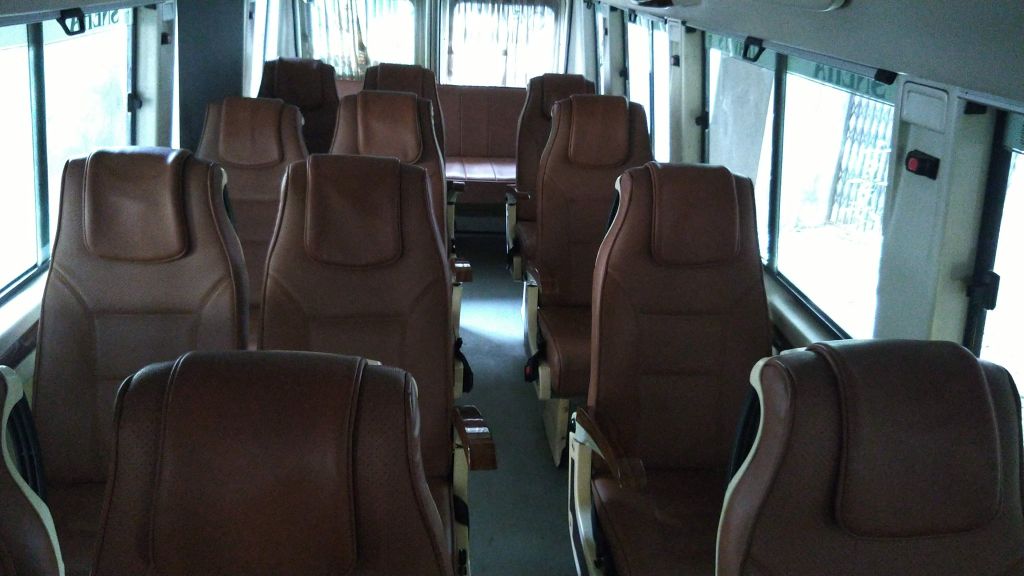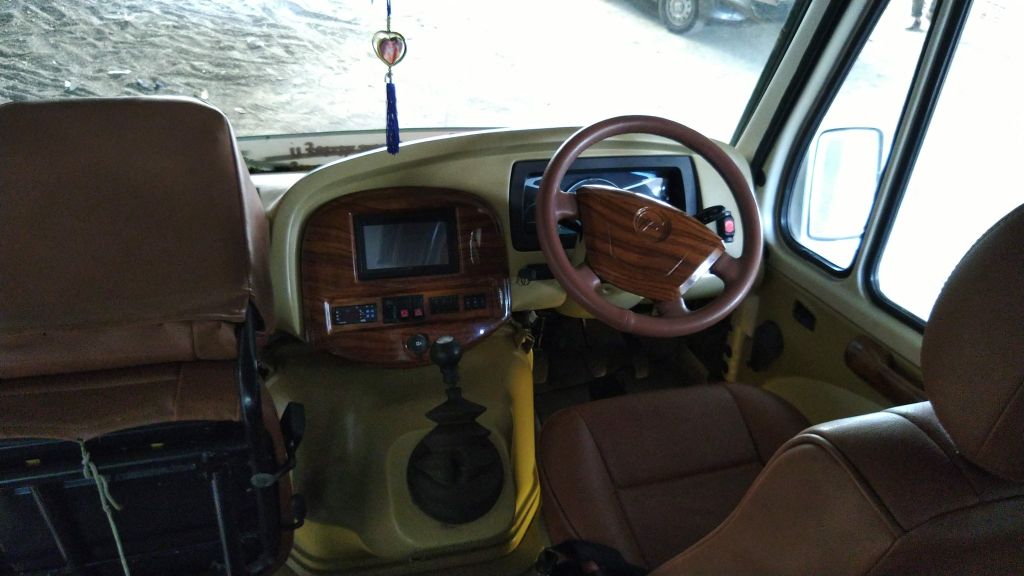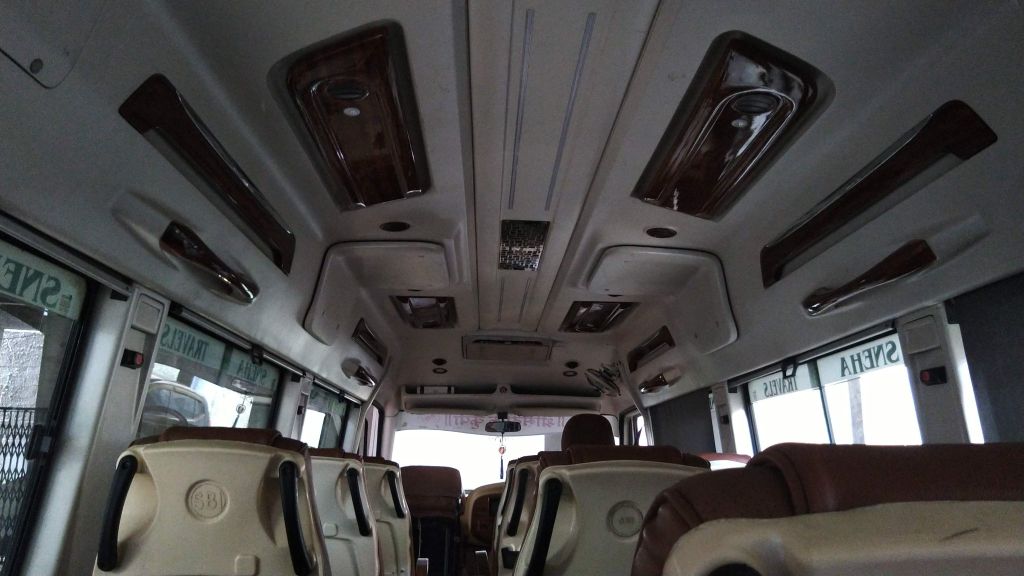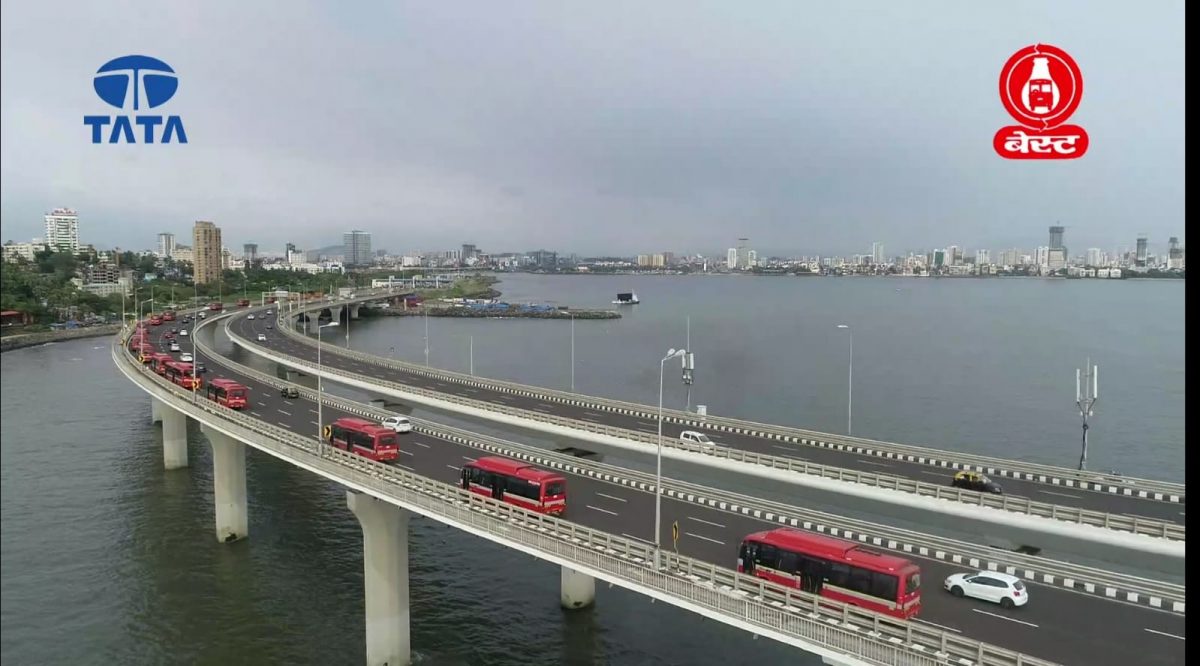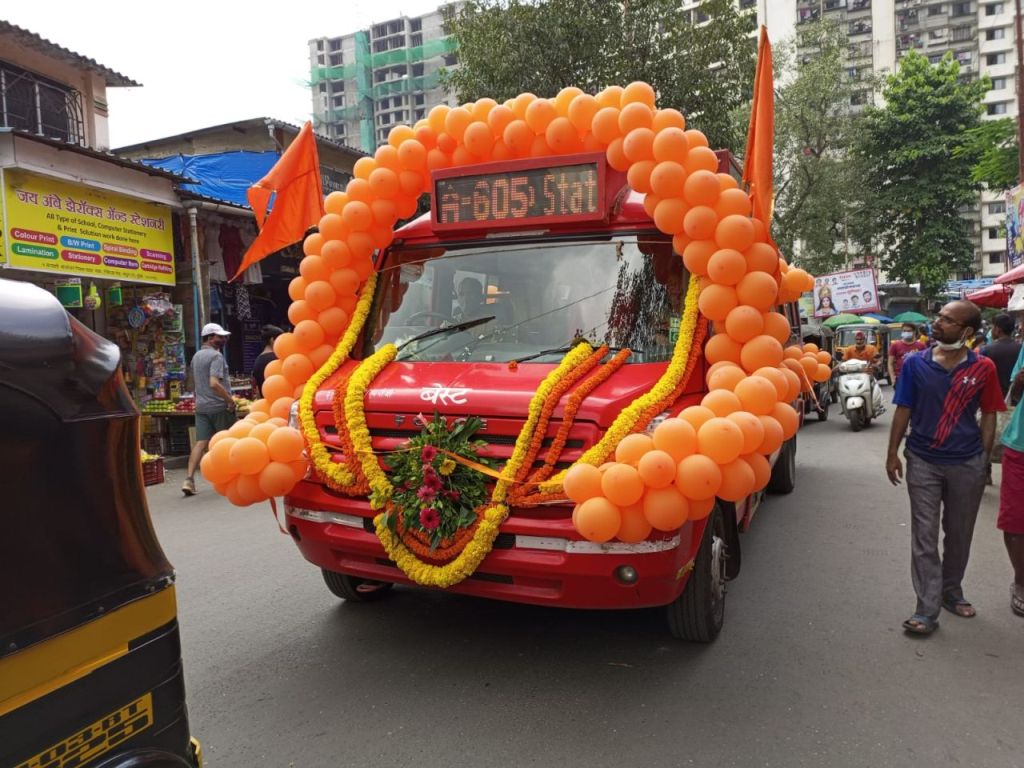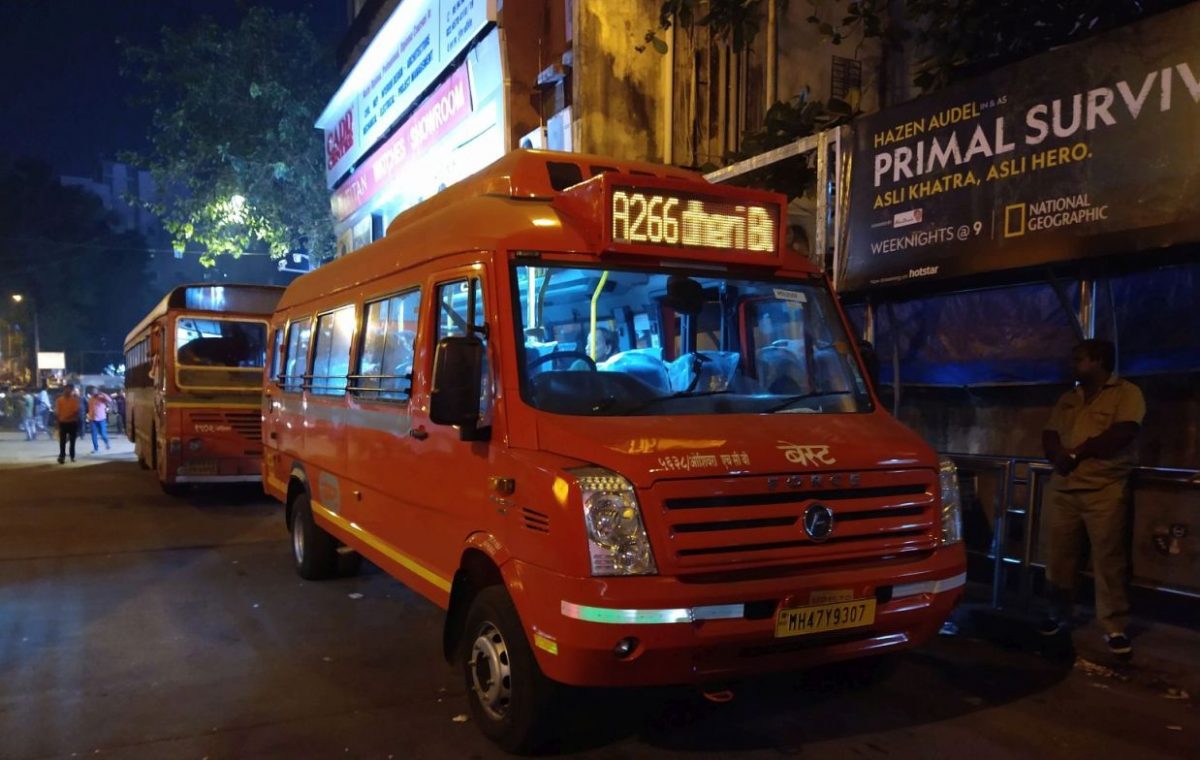Double Decker buses have been the pride of Mumbai for decades. Talks for procuring new Double Deckers (DDs) began in late 2020 when a tender for 50 Bharat Stage 6 (BS6) Non-AC DDs was floated by the Brihanmumbai Electric Supply & Transport (BEST) Undertaking. Unable to serve justice to BEST’s vision for electrification of the bus fleet, this tender was scrapped and a fresh tender for 200 electric AC DDs was floated.
On 18 August 2022, Ashok Leyland unveiled the SWITCH EiV22 – India’s first electric double decker. The launch event took place in presence of Shri Nitin Gadkari at the Yashwantrao Chavan Centre, Mumbai. After conducting trials with the prototype, it took five months and 22 days for the Switch EiV22 to finally enter service with BEST on route 115 (earlier known as Special 1) from Mumbai Chhatrapati Shivaji Maharaj Terminus (CSMT) to the National Centre for the Performing Arts (NCPA), Nariman Point. After travelling on the first day – first run and on the Heritage Route, this is my review of the newly launched double decker bus. For the Marathi-speaking audience, I have covered the same in a YouTube video. You can view the video at the end of this article.
Overview of the specifications
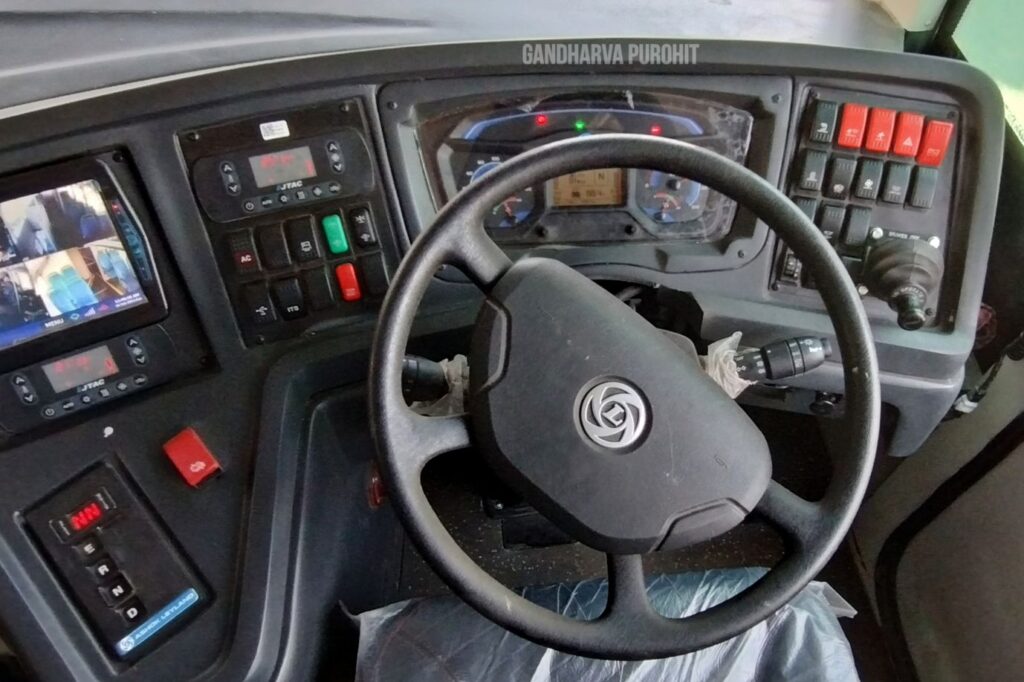
First things first – the bus can seat 65 passengers in a 2×2 configuration. This seating capacity is equivalent to a Tata Starbus Urban EV and Olectra K7D put together. Two doors are present to provide a smooth movement of passengers. The seats built by TM Automotive – a joint venture of Tata Autocomp with Magna International, are green in colour which recalls the colour scheme of those old bench-type seats of BEST Buses. A stairway at the rear door and another behind the driver cabin is intended to eliminate the use of common entry and exit. There are three seats in the front, offering a clear view. The buses are locked at a top speed of 50km/hr and are fitted with protective rods at the front to avoid direct contact with the trees en route. These modern double decker buses are expected to be housed at Colaba, Kurla, Dharavi and Majas depots (subject to change during procurement) to operate on routes where BEST utilized their bygone BS2 double deckers.
Pricing and Frequency
As of now, there are just two double decker buses in service which limits the frequency to 30 minutes on A115, 45 to 55 minutes on A138, and 1 hour on the Heritage Route. The ticket price for A115 and A138 is kept as same as the basic fare of an AC Bus – starting at ₹6 only. When new, the first electric double decker was housed at the Anik Depot for charging and overnight maintenance.
The electric DDs are supposed to ply on A115 and A138 on weekdays (Monday to Friday) and on Weekends they ply on the Heritage Route from Museum (Chhatrapati Shivaji Maharaj Vastu Sangrahalaya). The Heritage Route is a round trip on a Hop-On Hop-Off (HoHo) basis that covers the Gateway of India and Marine Drive till Girgaon Chowpatty and back to Dr SP Mukherjee Chowk (Museum). A ticket costs ₹150 for the upper deck and ₹75 for Lower Deck.
From 1 March 2023 onwards, a few more services were added on A115 and the Heritage Tour since the charging infrastructure was ready at Colaba Depot, thereby saving time and range which the bus would otherwise spend between Fort and Anik Depot. All 200 double decker buses were expected to join the fleet by Monsoon, but the delivery is taking longer than expected.
Inaugural Experience
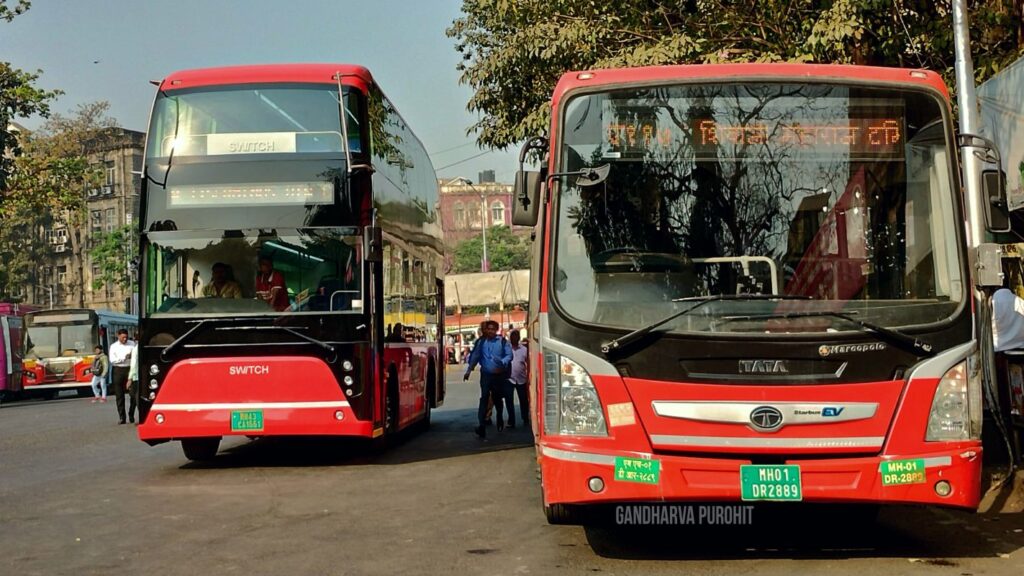
On the morning of 21 February 2023, I reached Mumbai CSMT at 8:20 am, ready to be among the passengers who would be lucky to travel in the brand-new double decker Bus on its inaugural run. The bus was parked right in the middle of the busy bus station and was scheduled to depart towards NCPA at 8:45 am. It was an absolute mess, being a weekday where buses on 111, A115, and A138 were flooded with passengers making their way to the offices. I entered the bus, tapped in and rushed to the upper deck to grab a foremost seat. Sweets were distributed on the occasion and our bus started for NCPA in the next few minutes. The ride was just 10 to 15 minutes long with journalists from three media agencies reporting onboard. I took the same bus for my return journey back to Mumbai CSMT and waited for the next trip, to get a good click of the exteriors of the bus.
Heritage Experience
As of now, the Heritage Route is the only ideal journey to explore the electric double decker to its full potential. Since you spend an hour onboard the bus, the pros and cons come to your notice – more on that later. The Heritage journey commences from Dr Shyamaprasad Mukherjee Chowk (Museum) and passes through the Gateway of India followed by Mantralaya, NCPA and a run through Marine Drive up to Chowpatty, returning via Churchgate, encircling Oval Maidan, passing in front of the UNESCO World Heritage building of Mumbai Chhatrapati Shivaji Maharaj Terminus, a slight left at Hutatma Chowk towards Jehangir Art Gallery and terminating back at Museum.
This plan was executed with a group of infrastructure enthusiasts and busfans. Our driver comfortably handled the bus through the roads and took brief halts at Gateway of India, Nariman Point and Girgaon Chowpatty. The conductor made sure no one is left behind before signalling the driver to proceed. We were lucky to have the driver of the first electric double decker bus – Shri Yuvraj Khandge onboard along with us. A video byte of the crew was taken by Saurabh Raut right after the completion of our journey.
Cons: A lot of them….
On the Heritage Route, a passenger tends to notice the minute details like seat comfort, gangway width and height while alighting and boarding at various points. To begin with, all the seats are sloping downwards and there are just three seats provided at the front instead of four, on the upper deck. The design of this particular double decker is inspired by the electric double decker buses running in London. Thus, one can see centralized air conditioning onboard, instead of adjustable AC vents on each seat, which are essential for hot and humid climatic conditions. Lower deck seats present near the front staircase are creating issues for passenger movement, while the bellpull near the front exit is making passengers vulnerable to hurting their heads if in case there is sudden braking. Kailash Korde has highlighted this issue in both buses on his twitter thread. Issues are not limited to the passenger side since the wrongly placed rear view mirror is creating problems for the drivers to focus on the road while driving. A wrongly placed CCTV camera near the rear door creates a problem due to the partition present on the lower deck.
Another con of the bus is its ground clearance. Within its first week of service, the rear panel of this bus scraped the ground while crossing a ramp built near Vidhan Bhavan Metro Station.
Conclusion
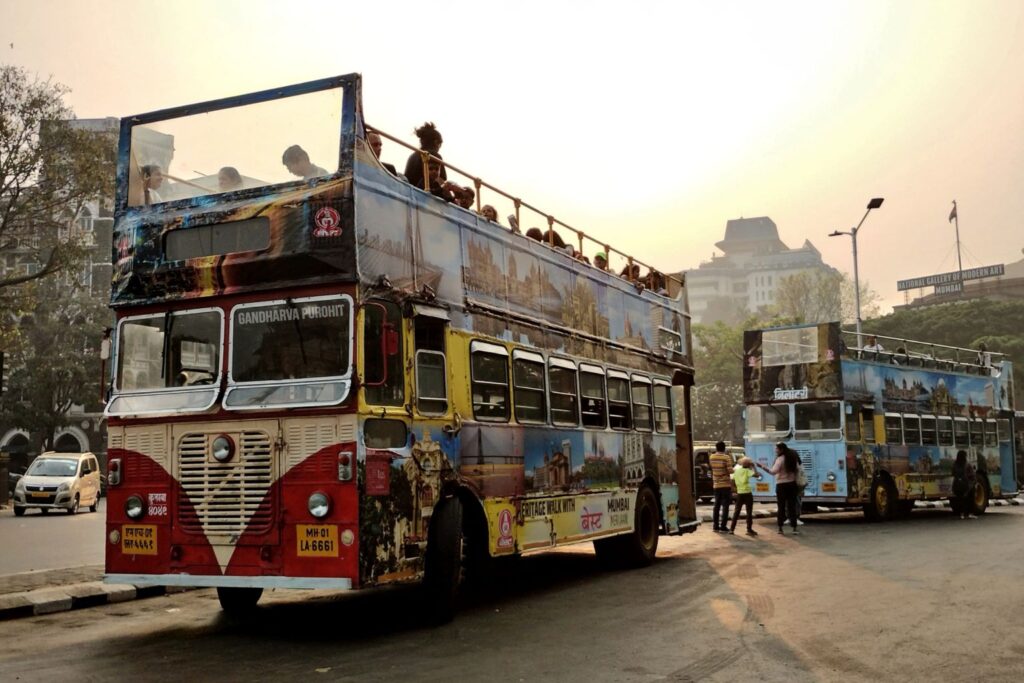
The market for electric double decker buses in India is limited with Switch Mobility being the sole active player, which makes it too early to judge. In case Olectra introduces the K10 Double Decker, there is a scope for competition against the 150 km range offered by the Switch EiV22. Since the double decker buses in Mumbai are the first of their kind, Switch Mobility has a lot to improve for years to come. Delay in the delivery of buses is an issue faced by nearly all electric automobile manufacturers in India, due to an ever-rising demand for the same.
Ashok Leyland has been a leading player in heavy vehicles and the hopes are high for Switch Mobility to excel in this electric vehicle boom. Recently, BEST has floated tenders for 700 electric double decker AC buses and 50 electric open deck buses –where the lower deck will be Air-Conditioned – for which the bidding process is underway. Once all these buses are procured, the total fleet of double decker buses in Mumbai will increase to 950 buses (including the 50 open deck buses). The existing Bharat Stage 3 (BS III) double deckers are limited to 48 and all of them will be scrapped within a year. The fate of 2,100 Olectra K9D depends on the final verdict by the Supreme Court of India as this case is crucial for the future of BEST. As of today, the Undertaking continues to scrap its BS III Tata CNG Buses with every passing month. The second half of 2023 will be among the toughest phase with the current fleet management. Procurement of new buses is a need of the hour for BEST.
For the Marathi-speaking audience:
Featured Image: Switch EiV 22 (Photo: Gandharva Purohit for BESTpedia)
![]()
